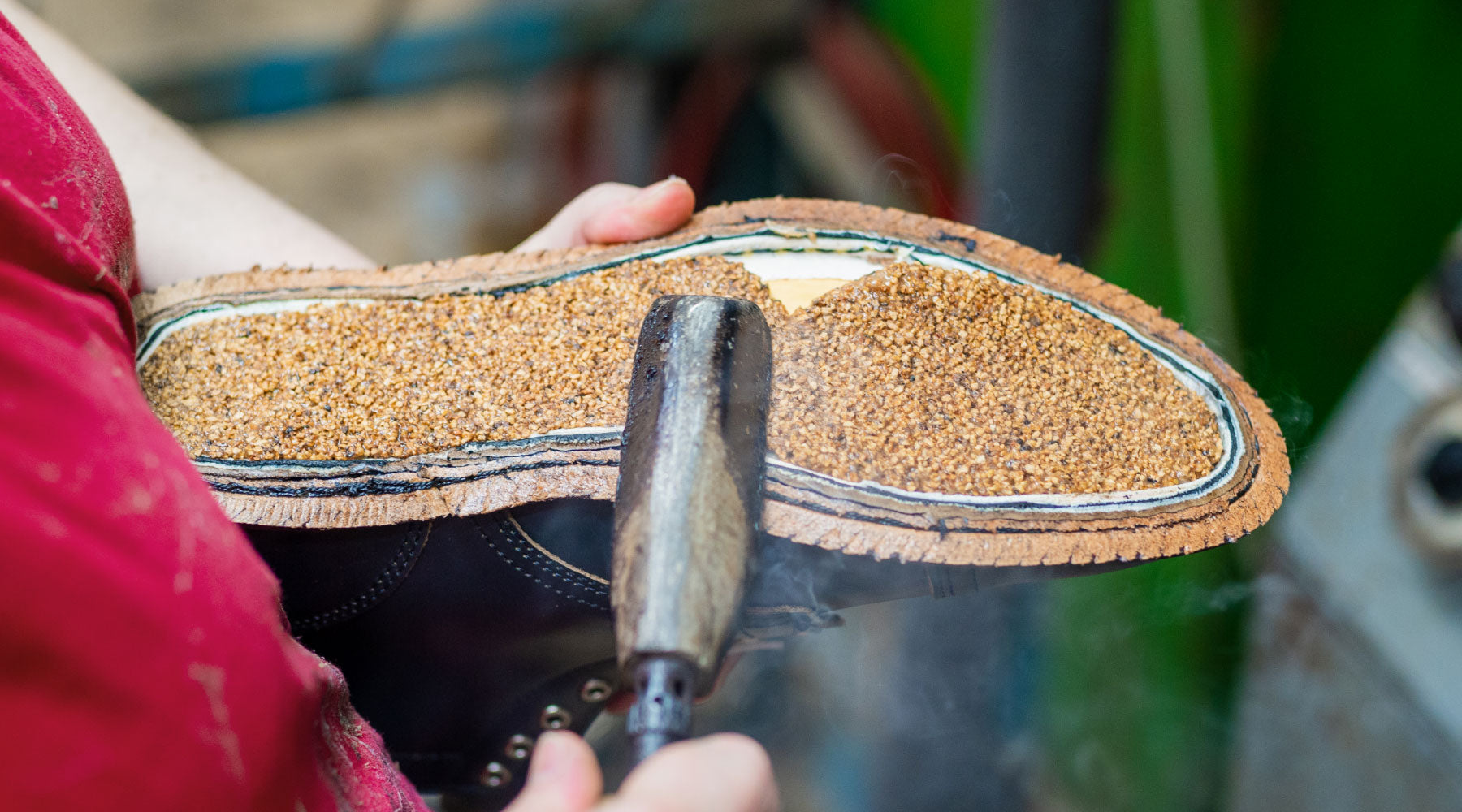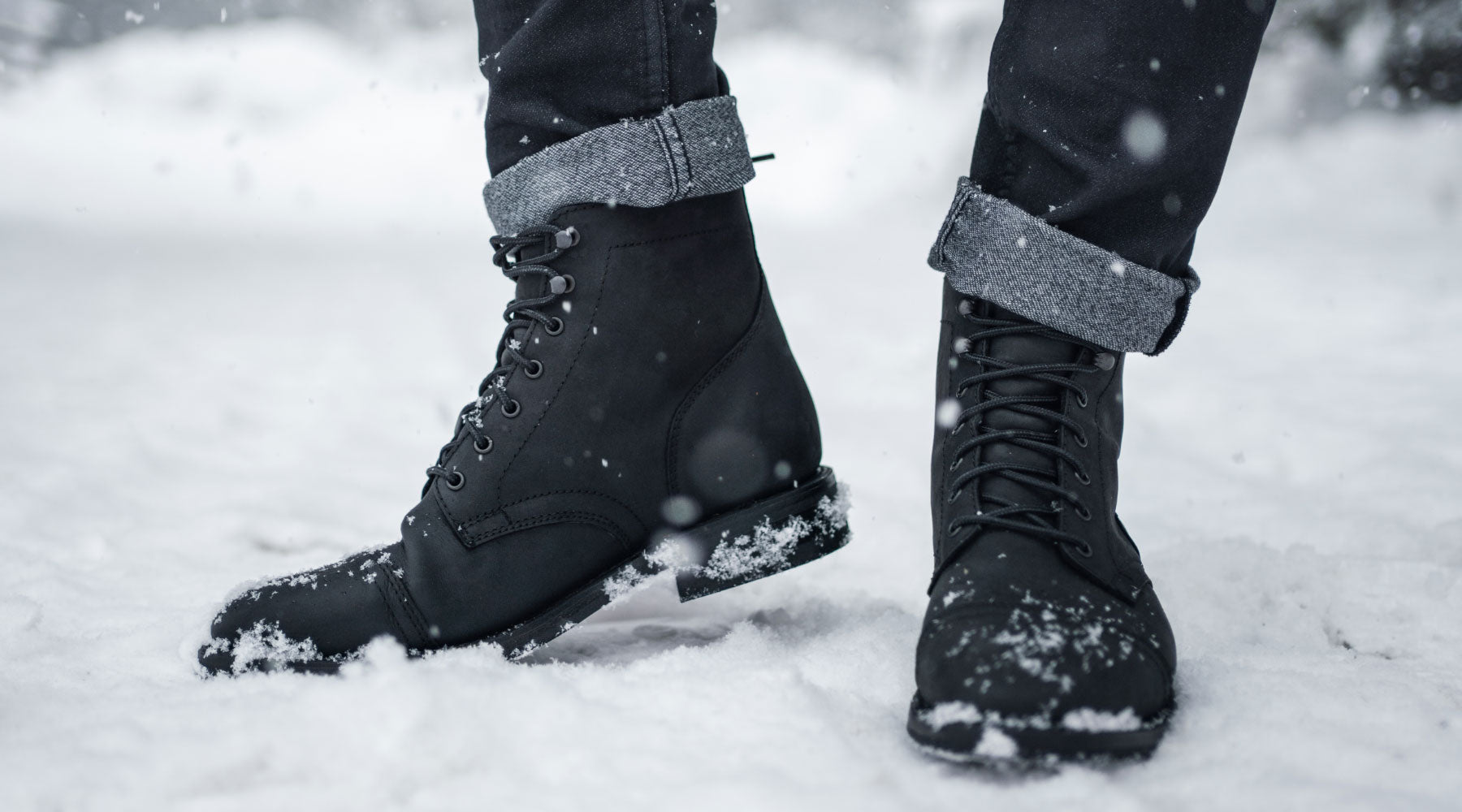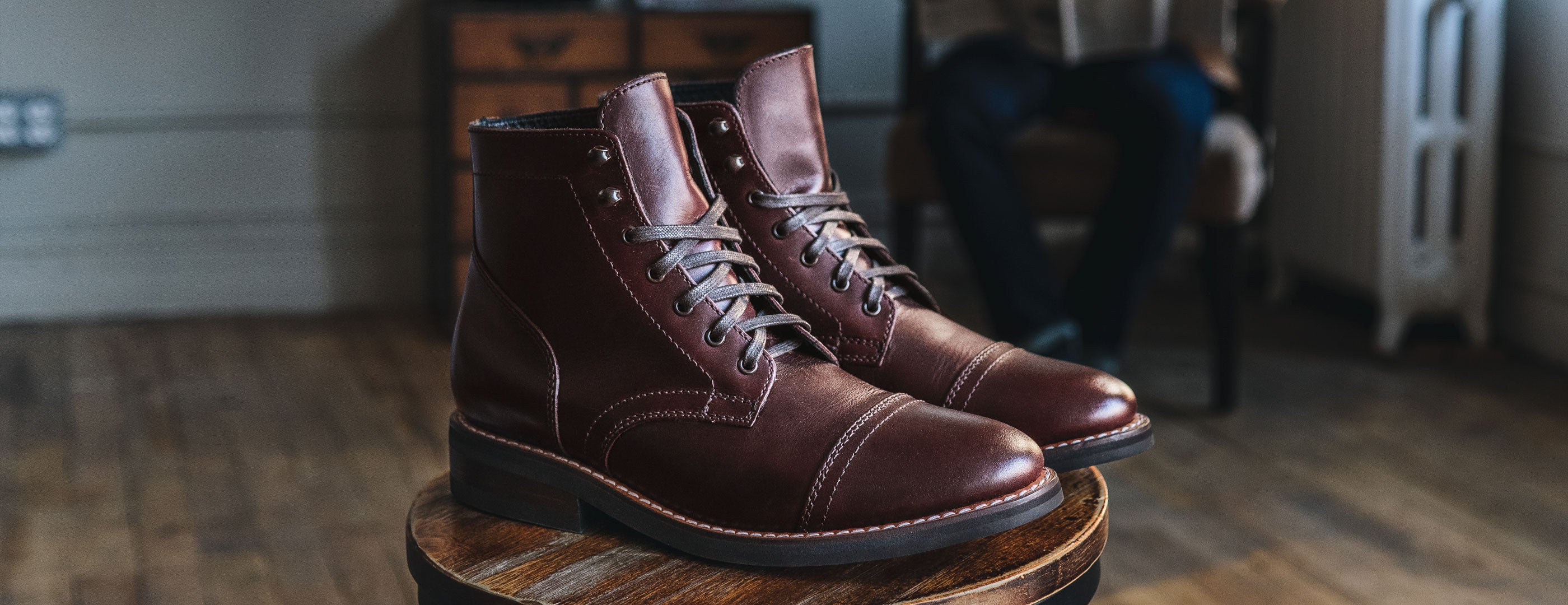
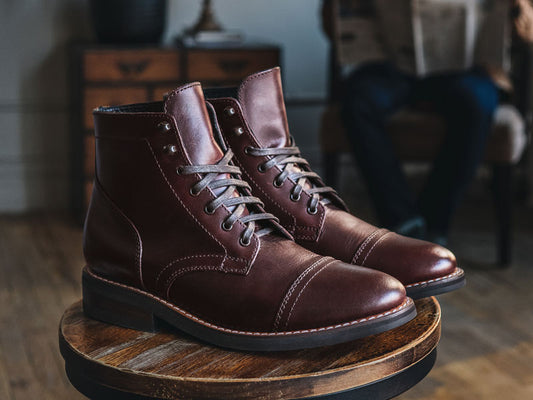
Goodyear Welt Construction: Why It Matters
The “Gold Standard” for Footwear
If you’re new to the world of quality footwear, Goodyear Welt Construction is one of the first major upgrades separating heritage boots from disposable footwear. Though expensive, time-consuming, and difficult to master, Goodyear Welt Construction creates a tightly-crafted boot that is water-resistant and wearable for years to come. It’s a better way to build a boot that combines centuries of human ingenuity with skilled craftsmanship.
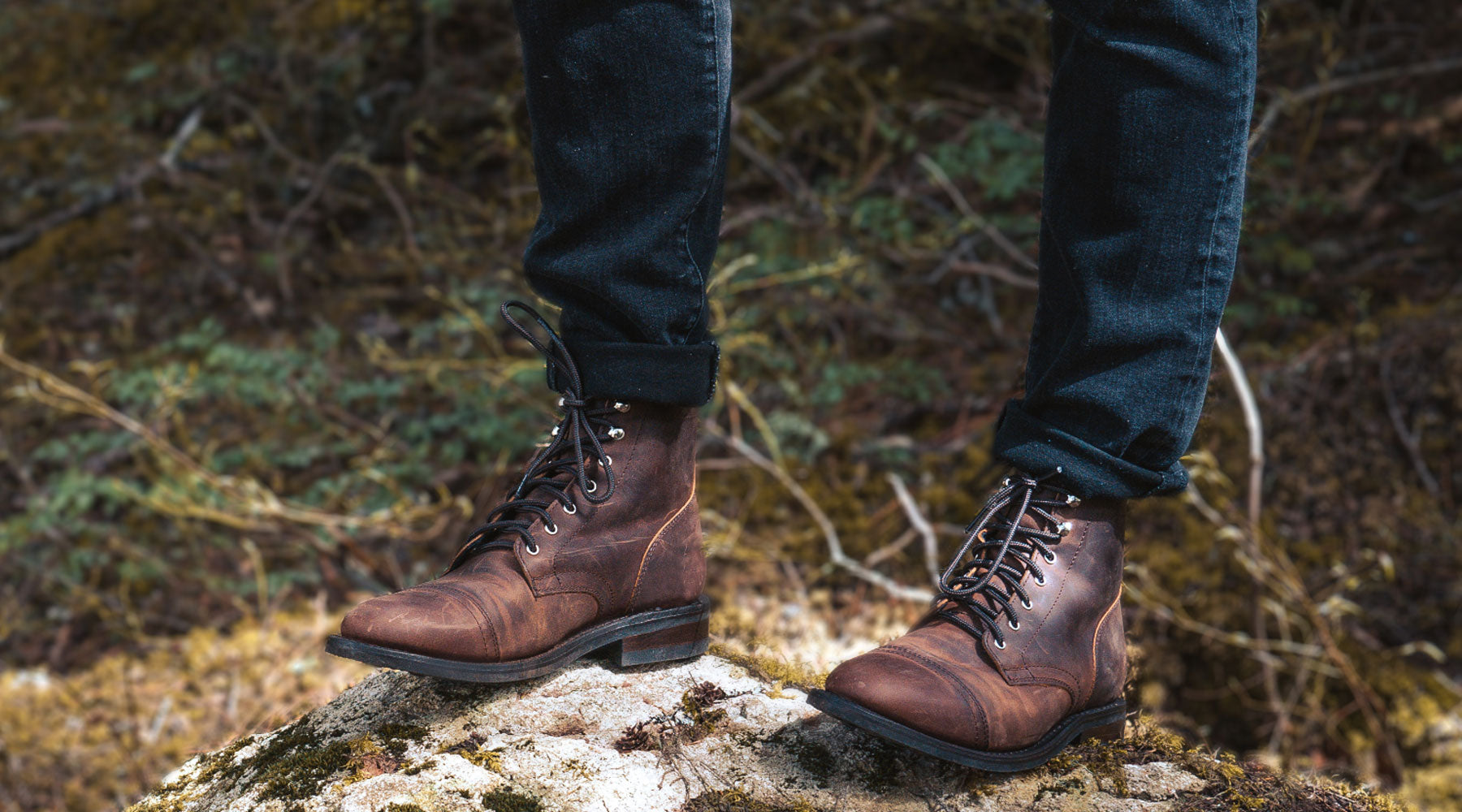
How Shoes are Constructed
It’s first important to understand how most footwear around the world is built today. The most common way of making shoes today is called cement construction, which usually means taking the upper leather gluing it directly to the outsole. Nearly all of the sneakers you own will use this method and it’s used because it is quick, simple, and effective. However, once the outsoles are worn down, it’s very difficult to resole a cement-constructed shoe — cement construction is not ideal if you are interested in longevity.

Welted construction solves the resoleability dilemma by adding an additional third element — the welt — to completely transform the functionality and longevity of a shoe. The welt is a long strip of leather, about one centimeter wide that sits between the upper and the outsole. By adhering the welt first to the upper (via a stitch to the canvas plyrib on the bottom of the insole) and then stitching the welt to the outsole, we make the shoe easily resoleable and virtually waterproof. Welt construction leaves a telltale line of stitching between the outsole and the welt around the perimeter of the boot that can be seen from even a few feet away.
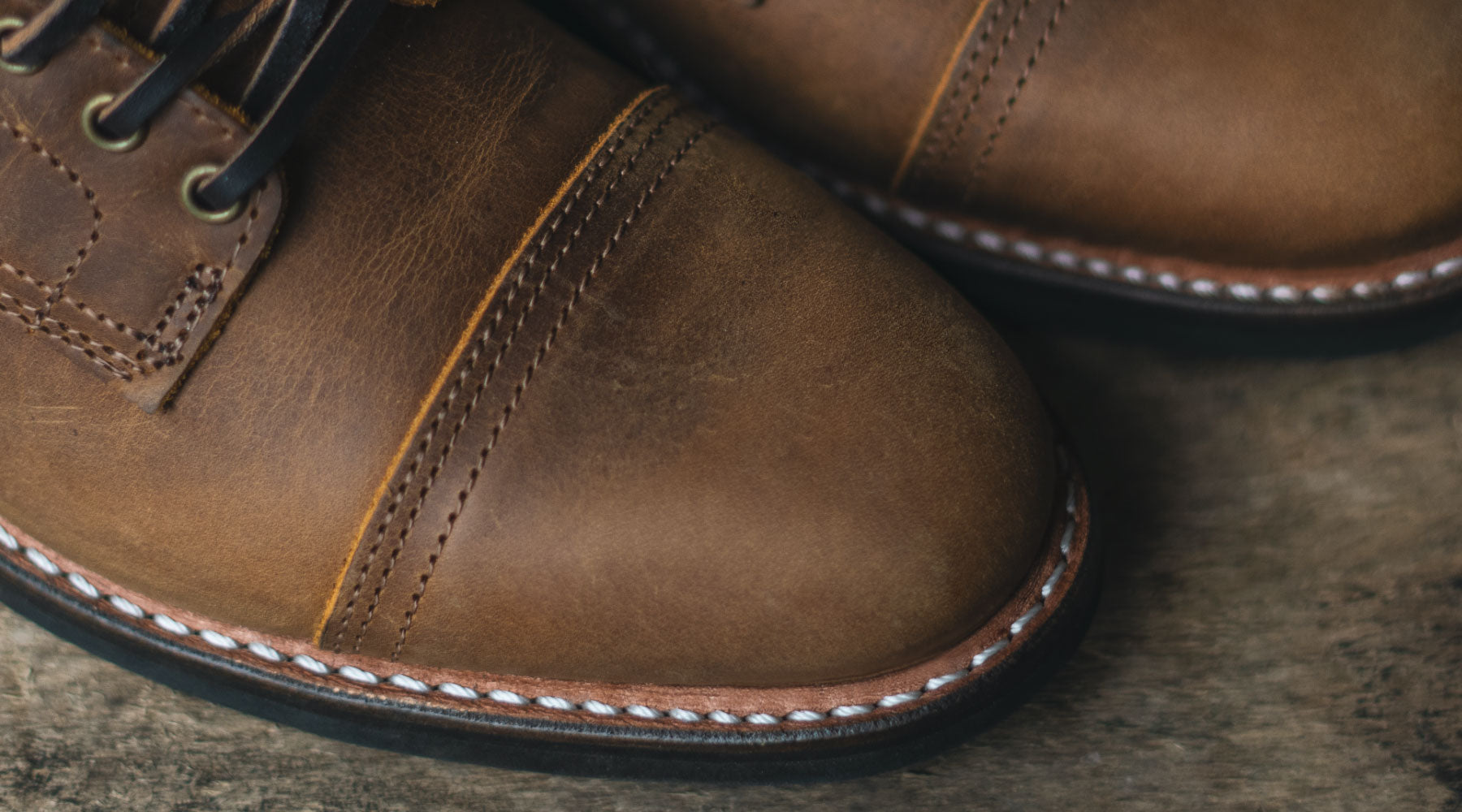
Introducing the Goodyear Welt
Prior to the 19th century, welted construction like this was done entirely by hand, which limited production volumes and made it prohibitively expensive for most people. During the 1860’s, Charles Goodyear began work on a new machine that made it possible to produce high-quality welted footwear at scale. This Goodyear Welt Construction method became the new standard in resoleable boots and shoes. It enjoyed immense popularity through the mid 20th century, worn on city streets, country roads and even the battlefield.
As disposable footwear became cheaper and standards fell, welted construction fell out of favor. Sneakers became more popular and the skilled operators needed to run these machines declined in number. By the end of the 20th century, welted construction was a rarity once again.
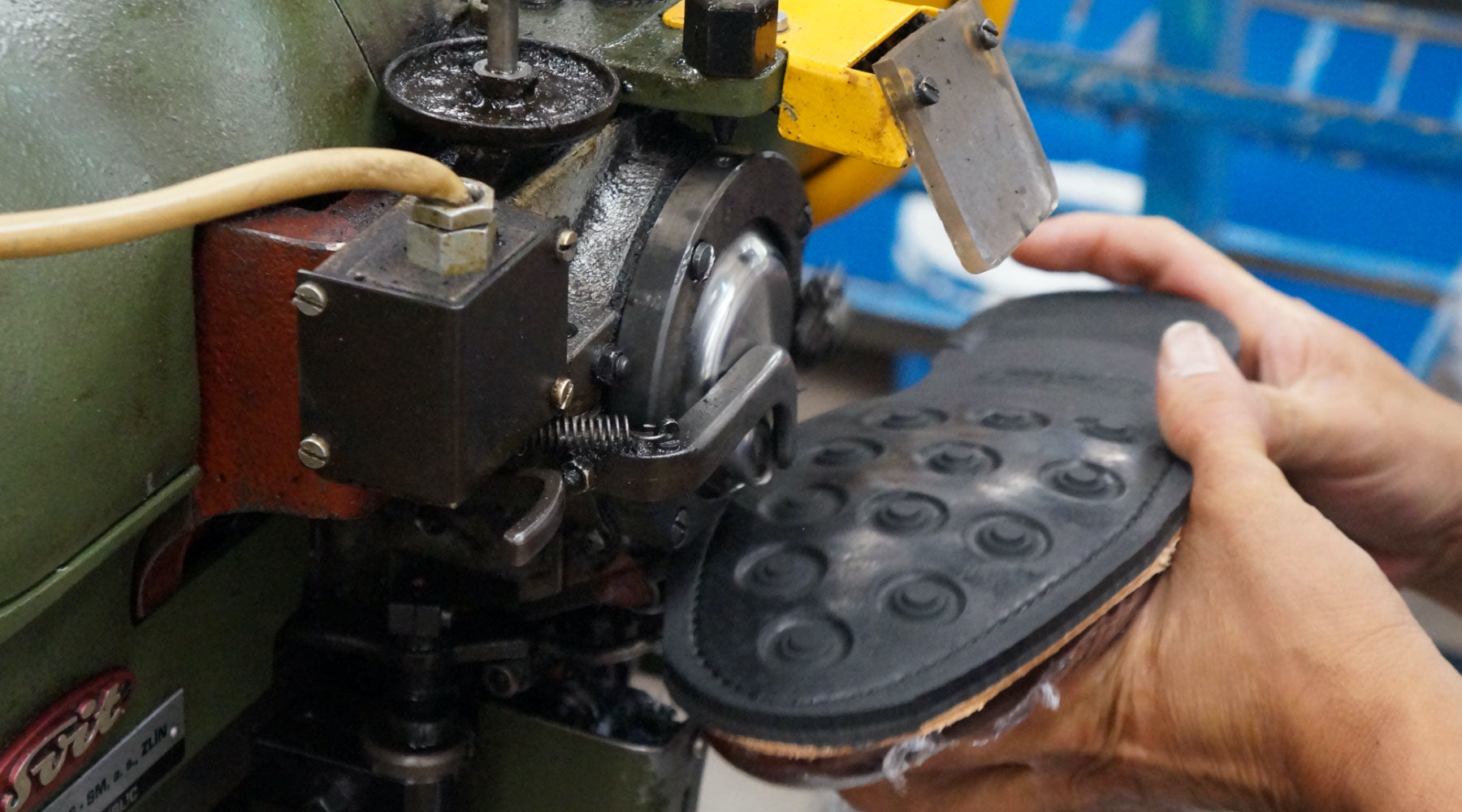
The Pros and Cons of Goodyear Welt Construction
Today, Goodyear Welt Construction shoes are a luxury good, accounting for less than 1% of shoe production today. This method remains costly and time-consuming, meaning they usually come with a premium price tag. These shoes are a little bit heavier and more rigid, because of the extra weight of the leather welt.
However, it’s still one of the best ways to make durable footwear. A worn outsole can be replaced by a cobbler. The welt acts as an additional layer to prevent water intrusion into the shoe. The additional heft of a leather welt means you can abuse your boots without concern. The tight construction makes many pairs wearable for decades to come.
Comfort is another understated advantage of Goodyear Welt Construction. This is because the addition of the welt creates a small cavity underneath the insoles. This is filled with granulated cork that will cushion your stride and mold to your feet over time. Welted construction also makes it easy to apply a variety of different midsoles and outsoles to suit your preference, ranging from shock-absorbing DuraEVA to traditional veg-tanned leather midsoles.
